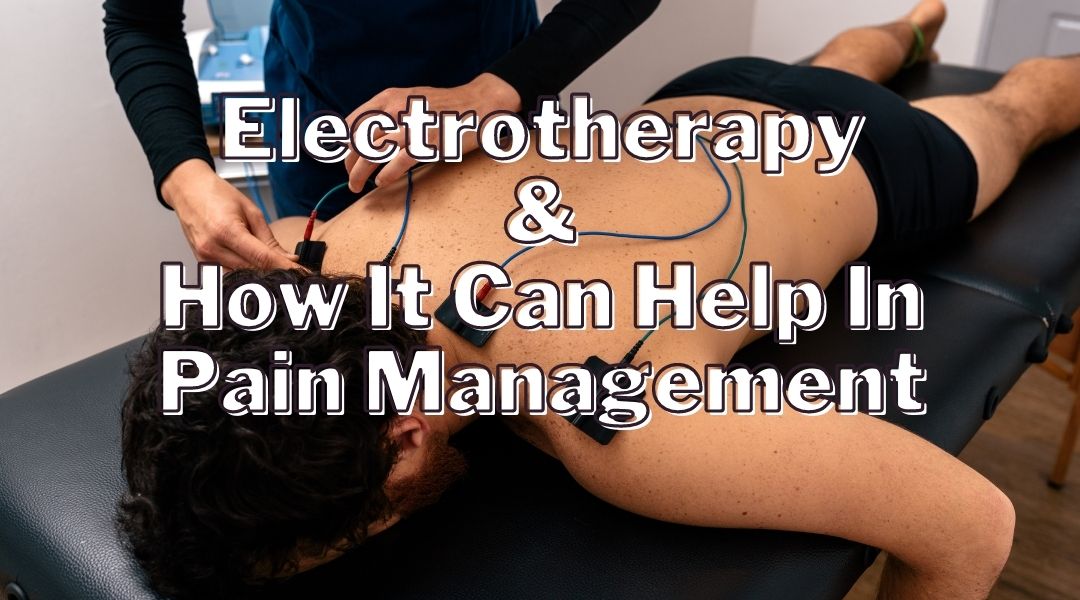What is Electrotherapy
If an individual is not experiencing sufficient control of pain and other symptoms, electrotherapy—a treatment that directs mild electrical pulses to the problem area—may be an option.
Electrotherapy includes a range of treatments using electricity to reduce pain, improve circulation, repair tissues, strengthen muscles, and promote bone growth, leading to improvements in physical functioning.
Electrotherapy units usually consist of a battery-powered device connected by wires to adhesive electrode pads which are placed on the skin. The electrode pads are sticky, so they will adhere to the skin. Once the electrodes are attached and the unit is turned on, a mild electric current is sent to the skin via the electrode.
A number of newer electrotherapy devices bypass the wires, combining electrodes and battery power into a single unit that can be worn inconspicuously on the back, arm, leg, or elsewhere during work or other daily activities. A hand-held controller is used to adjust the level of stimulation.
When Electrotherapy Is Advised
Electrotherapy is typically used in conjunction with other treatments, rather than by itself. For people undergoing physical therapy, electrotherapy may alleviate pain sufficiently for an individual to participate more actively in targeted exercises. Electrotherapy is among pain relief options gaining attention as the potential risks and side effects of opioid (narcotic) medications have become more apparent.
Efforts to use electrical current to aid in healing go back to ancient times. The modern era of electrotherapy in the United States began with treatment for anxiety and depression, and the number of potential uses has grown since. Electrotherapy has been used to address chronic pain and chronic fatigue in general, as well as:
- Diabetic nerve pain
- Fibromyalgia
- Migraine headaches
- Wound healing
- Stimulating bone growth
How Electrotherapy works To Ease The Pain
Electrotherapy can take many forms, but the most common type is transcutaneous electrical nerve stimulation or TENS.
While the concept of using electricity on the body may sound painful, many people find the sensation relaxing. With TENS, for example, the individual experiences tingling, vibrating, or buzzing sensation.
The exact mechanism of electrical stimulation’s beneficial effect remains controversial. Electrical stimulation may directly block the transmission of pain signals along nerves. In addition, electrical stimulation has been shown to promote the release of endorphins, the natural painkillers produced by the body.
Types of Electrotherapy
All electrotherapy devices have certain similarities, such as using battery power to apply current to electrodes. The therapies vary in frequencies, waveforms, and effects, however. These are some of the most commonly used kinds of electrotherapy:
Transcutaneous electrical nerve stimulation (TENS)
Percutaneous electrical nerve stimulation (PENS)
Electrical muscle stimulation (EMS)
Interferential current (IFC)
Pulsed electromagnetic field therapy (PEMF)
Galvanic stimulation (GS)
Ultrasound and laser therapy are often grouped with electrotherapy, or the wider category of electro-physical agents, despite not delivering an electric current. With ultrasound, sound waves are directed to the affected area to speed up the healing process. Laser therapy may also be used to help tissue heal and provides a more targeted and intense treatment.

